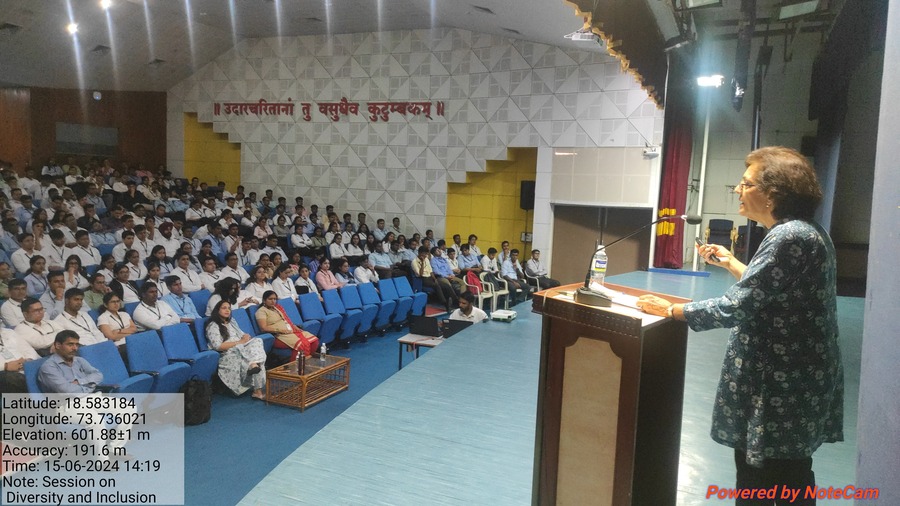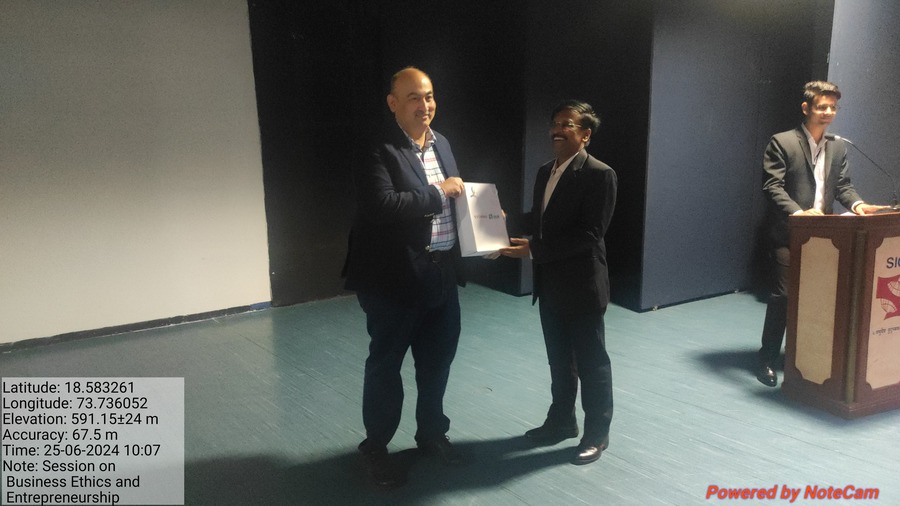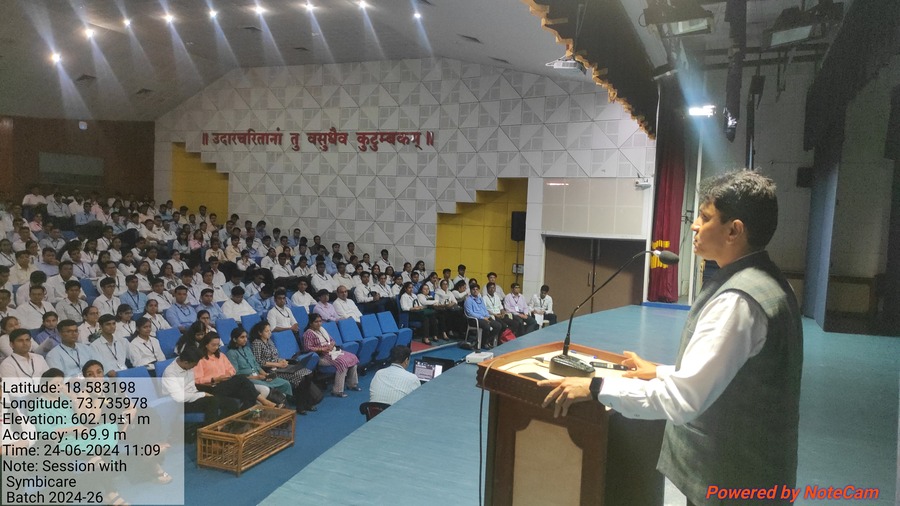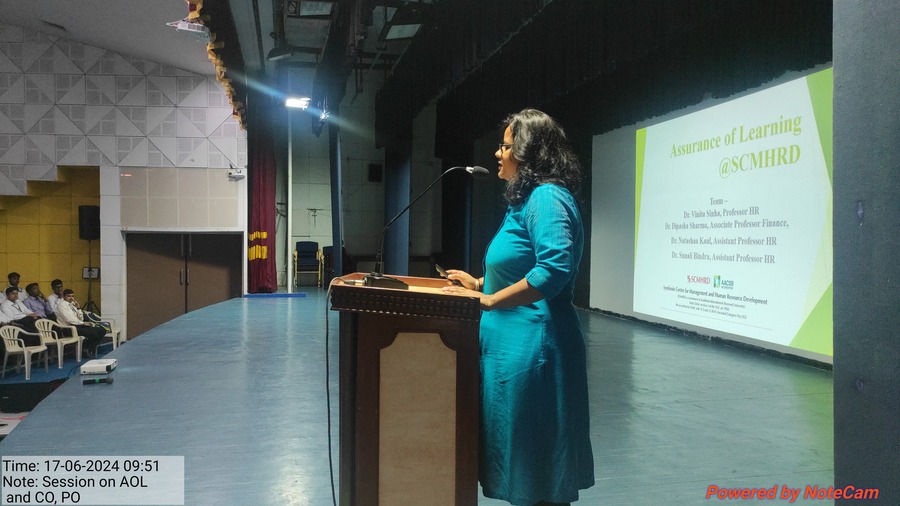
Lights, Camera, Action for Diversity & Inclusion
- 2024-06-15
- SCMHRD
A recent diversity, inclusion, and equity session held at SCMHRD on June 15th, 2024, offered valuable insights thanks to the guest speaker Ms. Rashmi Lamba. Ms. Lamba's background in film, television, and media provided a fresh lens on this important issue.
She started by narrating instances of the current scenario in India, where cricket and Bollywood reign supreme, capturing the hearts and minds of millions. But for all its glamour, Bollywood has long struggled with a lack of diversity and inclusion. Enter Karan Johar, a filmmaker often credited with pushing the boundaries for a more equitable industry.
However, is this enough? The answer is a resounding no. True change requires a systemic shift, and Bollywood is slowly but surely starting to embrace this reality.
Soft power, the ability to influence through attraction rather than force, is a powerful tool. Bollywood films, with their infectious music and larger-than-life stories, hold immense sway over audiences. This influence extends beyond entertainment, shaping societal norms and expectations. Think about it - the elaborate wedding performances we see on screen, often featuring medleys of popular Bollywood songs, become aspirations for countless viewers. This "suspension of disbelief" we adopt while watching films can have a profound impact on real-world perceptions.
A recent trailer for the movie "Gunjan Saxena" was shown to us showcasing the true story of India's first female combat pilot, it embodies the sentiment of "If she can see it, she can be it." This echoes the famous quote by Marshall McLuhan, "The medium is the message," highlighting the power of media to influence our understanding of the world. (Though it's important to distinguish this from the often-misquoted "The medium is the massage"!)
Ms. Lamba referenced the research done by Geena Davis in collaboration with Google solidified this concept. They analyzed the representation of six key demographics of gender, race, LGBTQ+ community, disabled community, people of age 50+, and different body types - in Hollywood films. This collaboration aimed to enhance inclusivity in Hollywood scripts, urging Bollywood to follow suit with diverse writers' rooms, including women and queer scriptwriters, and producers who believe in diverse narratives.
Bollywood is slowly following suit. We've seen a move away from stereotypical portrayals of men and women. Ms.Lamba made us aware of a concept called "man box," a rigid set of expectations placed on masculinity from a young age that is being challenged. Films are beginning to depict a wider range of professions for both genders, dismantling the old trope of Bollywood being a playground for the cis-male gaze.
The key to lasting change lies in creating diverse "writers' rooms." Including women, members of the LGBTQ+ community, and individuals from various backgrounds in the creative process is crucial. This requires producers who champion diverse voices and narratives.
Ultimately, the responsibility lies not just with filmmakers but also with audiences. We must be critical consumers, questioning the messages we see on screen. Don't get blindly influenced by the movies - learn to question everything! By demanding better representation and inclusivity, we can empower the media to become a true reflection of the vibrant tapestry that is India.
 .
..webp
)
.webp)


